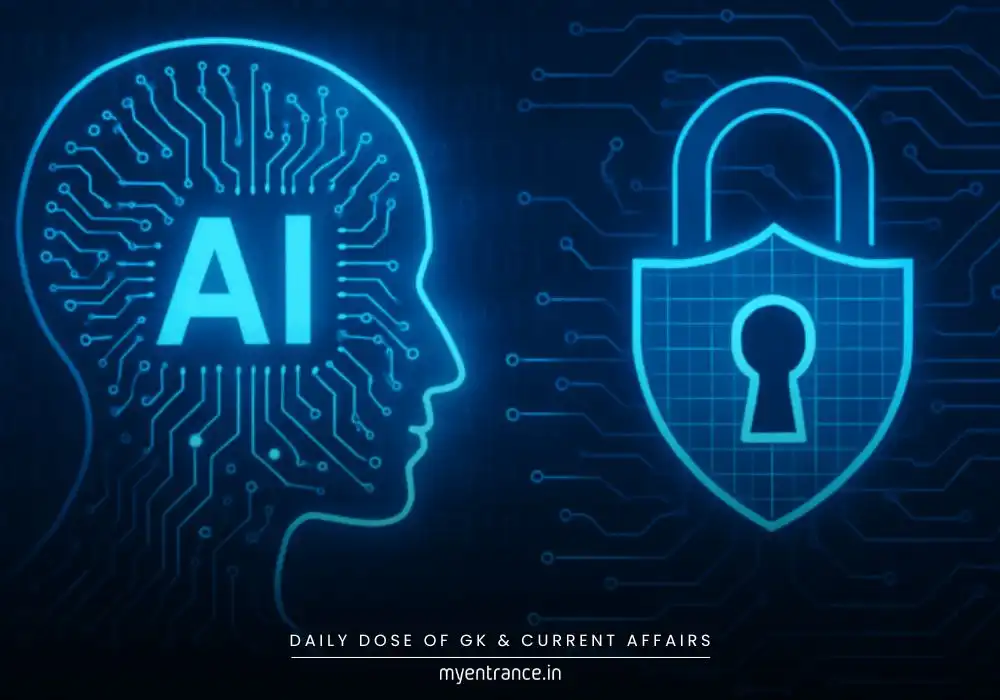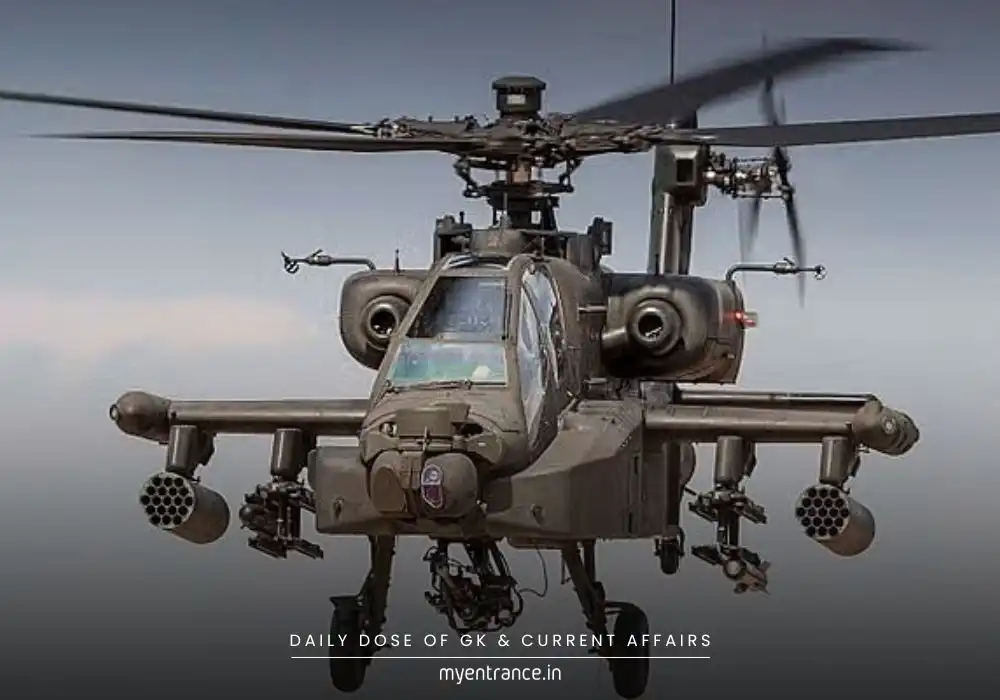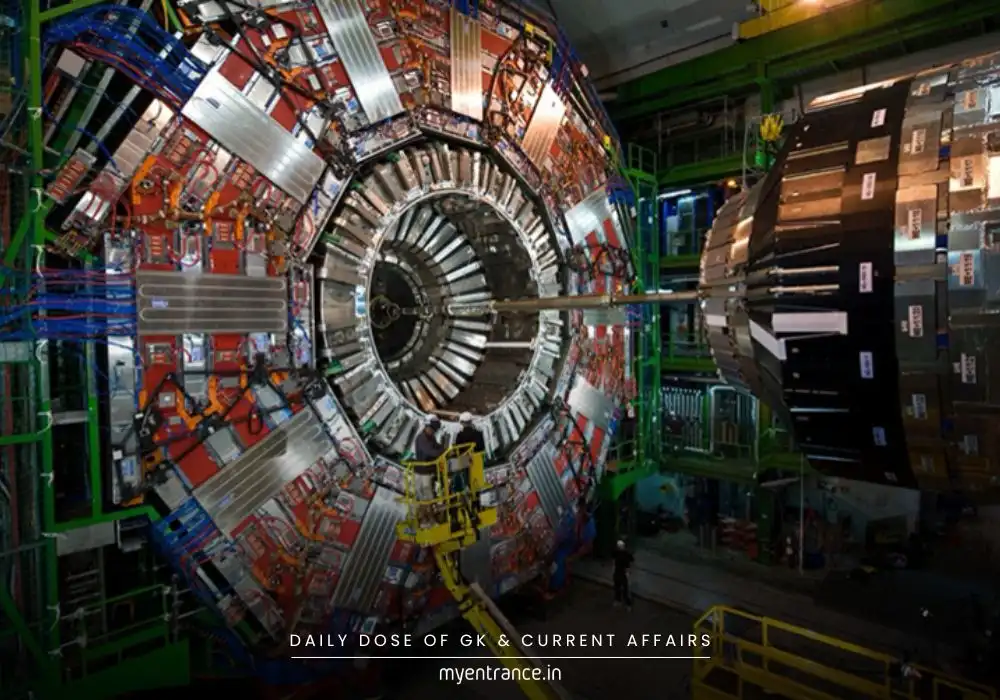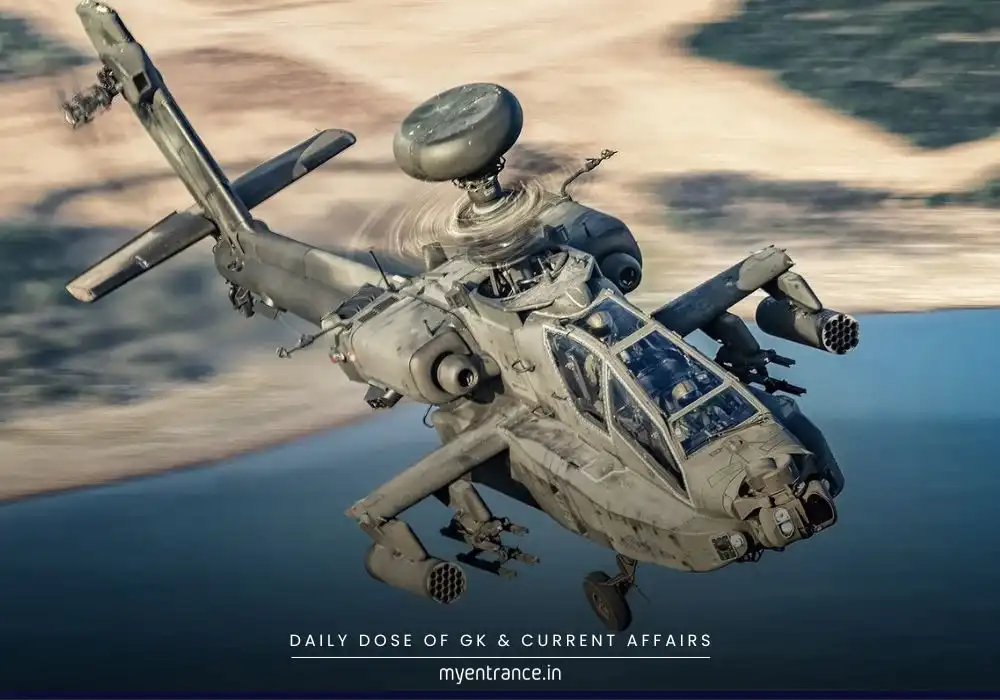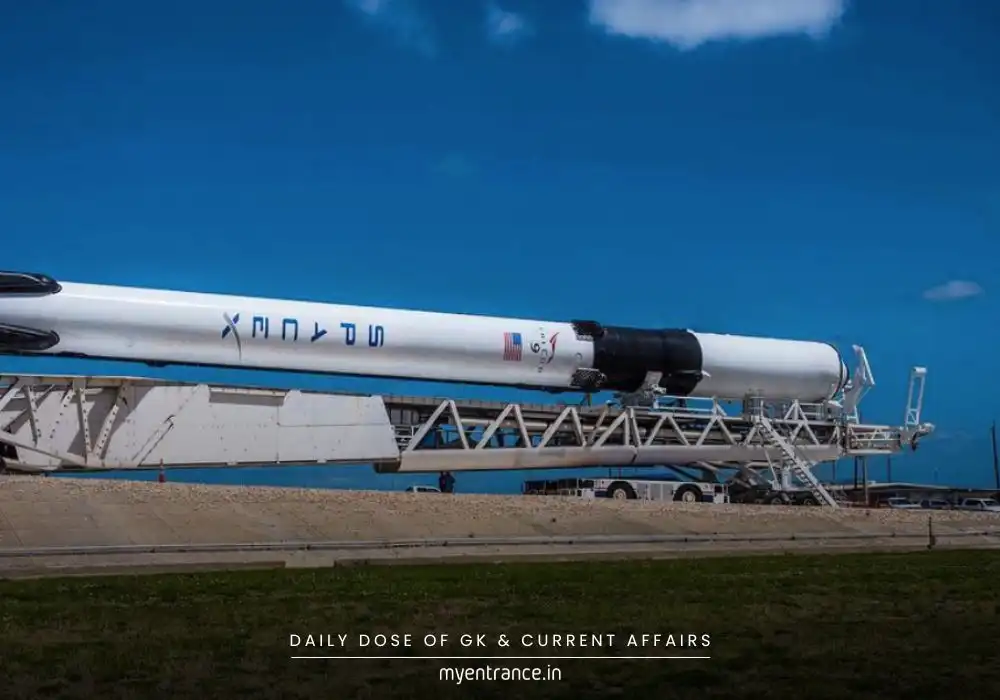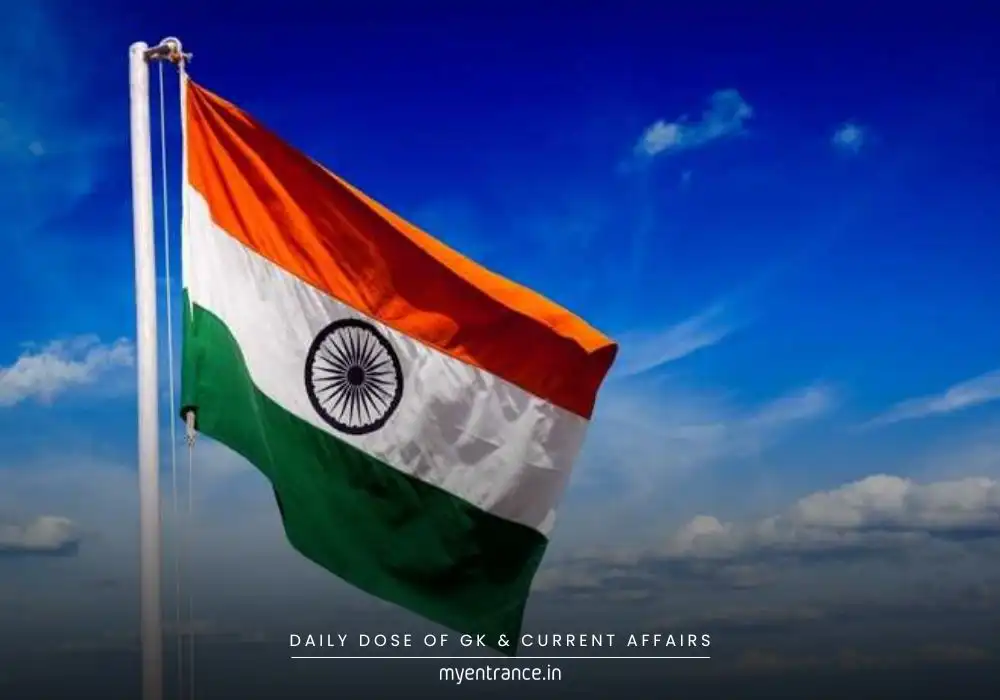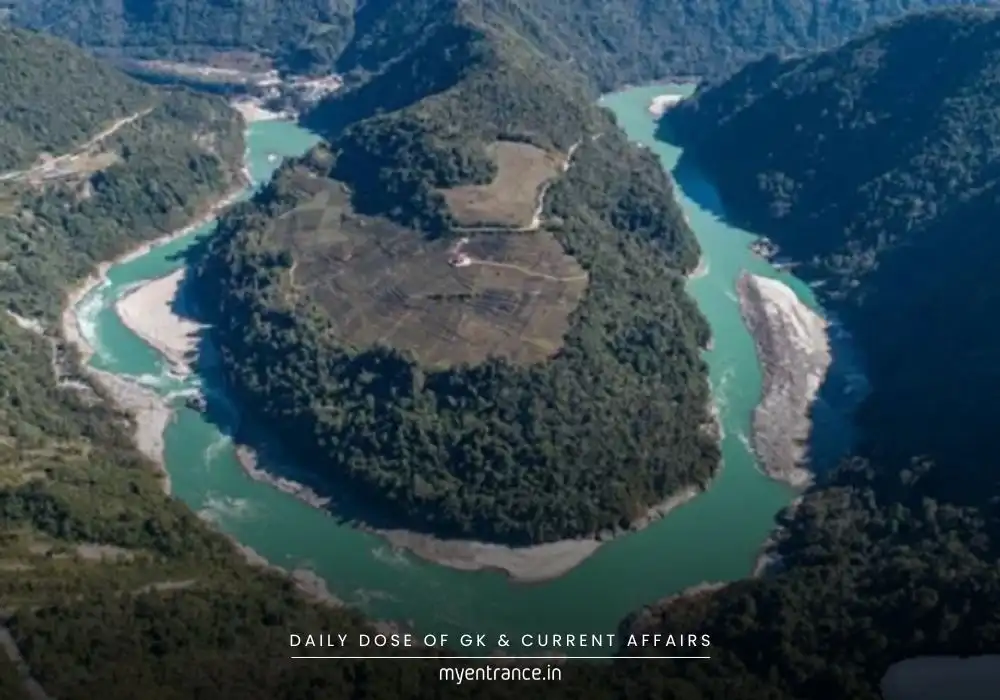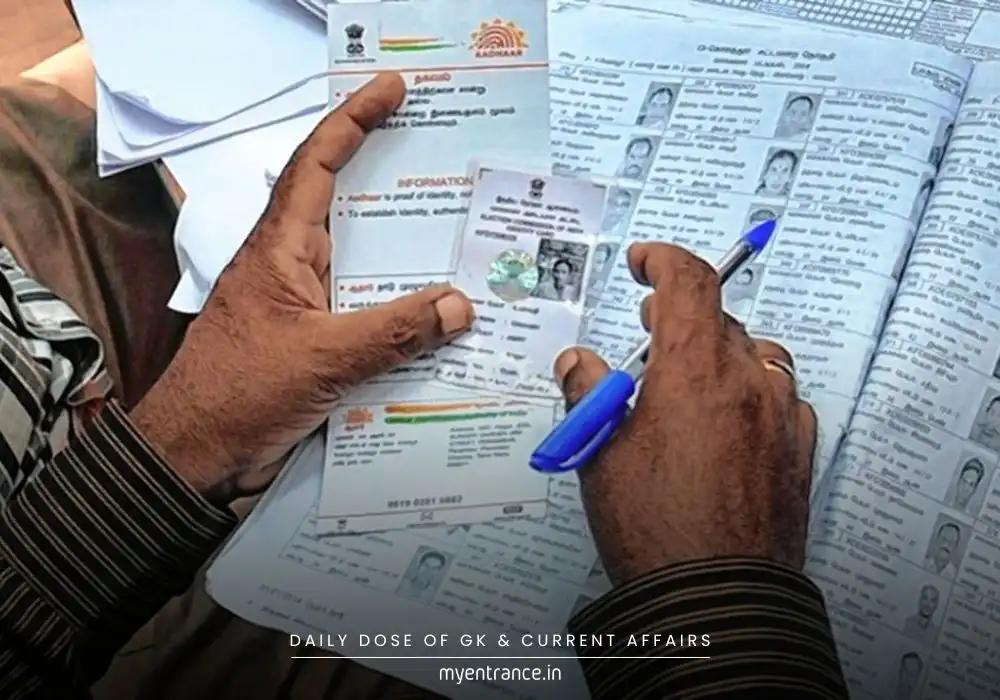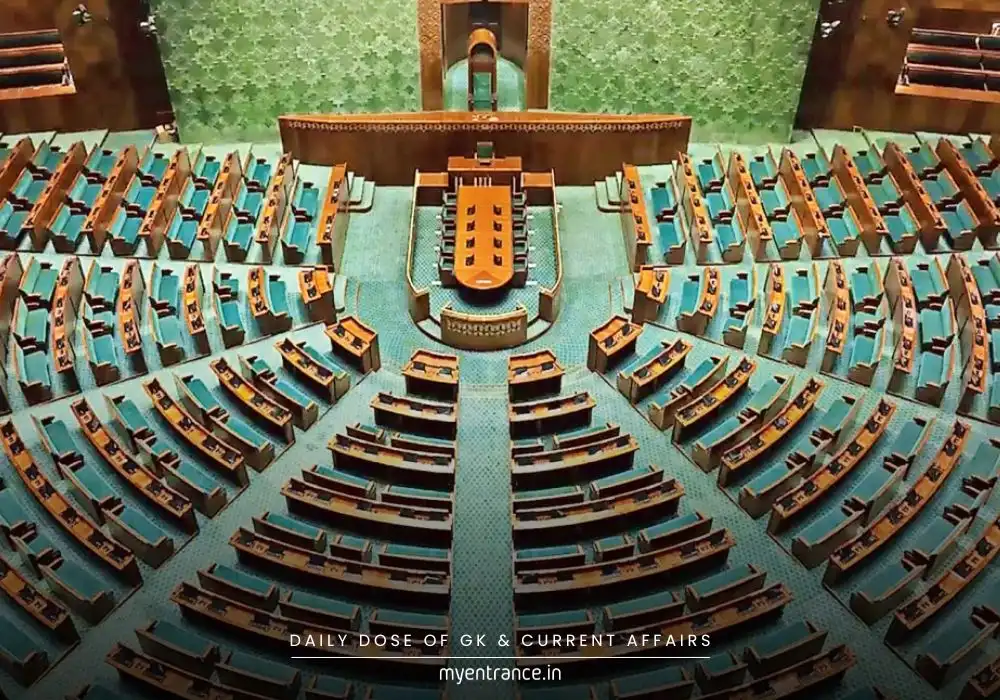Translate Language
How BRICS Became the West’s Unseen Challenger
The 2025 BRICS summit in Brazil was low-key but strategically bold. Behind closed doors, the bloc advanced plans to reduce Western dominance in global finance, trade, and governance. This isn’t a sudden revolt—it’s a calculated, multi-year effort to reshape a system built 80 years ago.

How BRICS Is Chipping Away at the Western Order
1. The Quiet Ambition of the Brazil Summit
Unlike past gatherings filled with fiery rhetoric, the 2025 BRICS summit focused on tangible action. Leaders from Brazil, Russia, India, China, and South Africa avoided dramatic declarations. Instead, they pushed practical strategies:
De-dollarization: Reducing reliance on the U.S. dollar in global trade.
New institutions: Expanding alternatives to the IMF and World Bank.
South-South partnerships: Boosting cooperation among developing economies.
The message was clear: The West no longer monopolizes how the world operates.
2. Why the Old System Is Under Fire
The post-WWII Western order—built on U.S. military power, the dollar, and institutions like the WTO—assumed permanent dominance. But BRICS nations argue this system is outdated. With no “world government” to enforce fairness, powerful states historically set rules favoring themselves. Now, rising economies demand a seat at the table. As one scholar notes: “Strong states do what they can; weak states suffer what they must.”
3. De-Dollarization: A Financial Revolution
The U.S. dollar’s dominance gives America immense leverage—a vulnerability exposed when sanctions froze Russia’s assets in 2022. BRICS is fighting back:
Local currency trade: Russia and China now settle 80% of trade in rubles/yuan. India uses rupees for deals with Iran and the UAE.
BRICS currency talks: While not immediate, plans for a shared currency signal long-term intent.
New Development Bank (NDB): Issues loans in local currencies, sidestepping dollar risks.
This isn’t just economic—it’s a political statement against Western financial control.
4. South-South Cooperation: Building Alternatives
BRICS brands itself as the voice of the “Global South”—nations excluded from post-1945 decision-making. Key initiatives include:
Lending without strings: The NDB funds projects without IMF-style political conditions.
Reforming global bodies: Demanding more voting power for emerging economies in the UN and World Bank.
New alliances: Exploring a BRICS credit rating agency to counter Moody’s/S&P.
Countries like India and Brazil act as democratic bridges, while China and Russia lend heft. Together, they’re proving development doesn’t require Western blueprints.
5. The Theoretical Lens: Why BRICS Matters
International relations theory explains BRICS’ rise:
Realism: BRICS is a power play. Nations ally to counter U.S. dominance (e.g., Russia promoting de-dollarization after sanctions).
Liberalism: It builds cooperative alternatives. The NDB isn’t a protest—it’s a functional bank financing real projects.
Constructivism: BRICS challenges Western “ideas.” It argues sovereignty and development have multiple models—not just liberal democracy.
6. A Shift—Not a Collapse
The Western order isn’t vanishing overnight. The dollar remains dominant, and U.S. military power is unmatched. But BRICS’ incremental gains are undeniable:
Internal gaps: China-India tensions and Russia’s isolation create friction.
Measured progress: The NDB is still smaller than the World Bank.
Yet, the mere fact that 40% of the world’s population is exploring dollar alternatives marks a historic pivot. As a diplomat noted: “This isn’t about destroying the West—it’s about making space for the rest.”
Questions & Answers About BRICS
Q1: Why is the international system called ‘anarchic’ in IR theory?
Ans: It lacks a central authority to enforce rules. States act in self-interest, leading to power imbalances where strong nations (like the U.S. post-WWII) shape systems to their advantage.
Q2: How does BRICS challenge the liberal international order?
Ans: By creating parallel institutions (e.g., NDB), promoting de-dollarization, and advocating inclusive governance—shifting influence away from Western-led bodies like the IMF.
Q3: ‘BRICS seeks to redefine sovereignty and development.’ Discuss.
Ans: The bloc rejects the idea that Western liberalism is the only path to progress. It champions “non-interference” and diverse development models, appealing to Global South nations weary of Western prescriptions.
Q4: Is BRICS truly a voice for the Global South?
Ans: Partially. It amplifies concerns of historically marginalized nations (e.g., UN reform demands). However, internal hierarchies (China’s dominance) and conflicting agendas (India vs. China) complicate this narrative.
Q5: Explain BRICS through realist, liberal, and constructivist IR theories.
Ans:
Realist: A coalition to balance U.S. power.
Liberal: Constructive institutional change (e.g., NDB).
Constructivist: Challenges Western ideological dominance by promoting alternative norms.
Get 3 Months Free Access for SSC, PSC, NIFT & NID
Boost your exam prep!
Use offer code WELCOME28 to get 3 months free subscription. Start preparing today!

